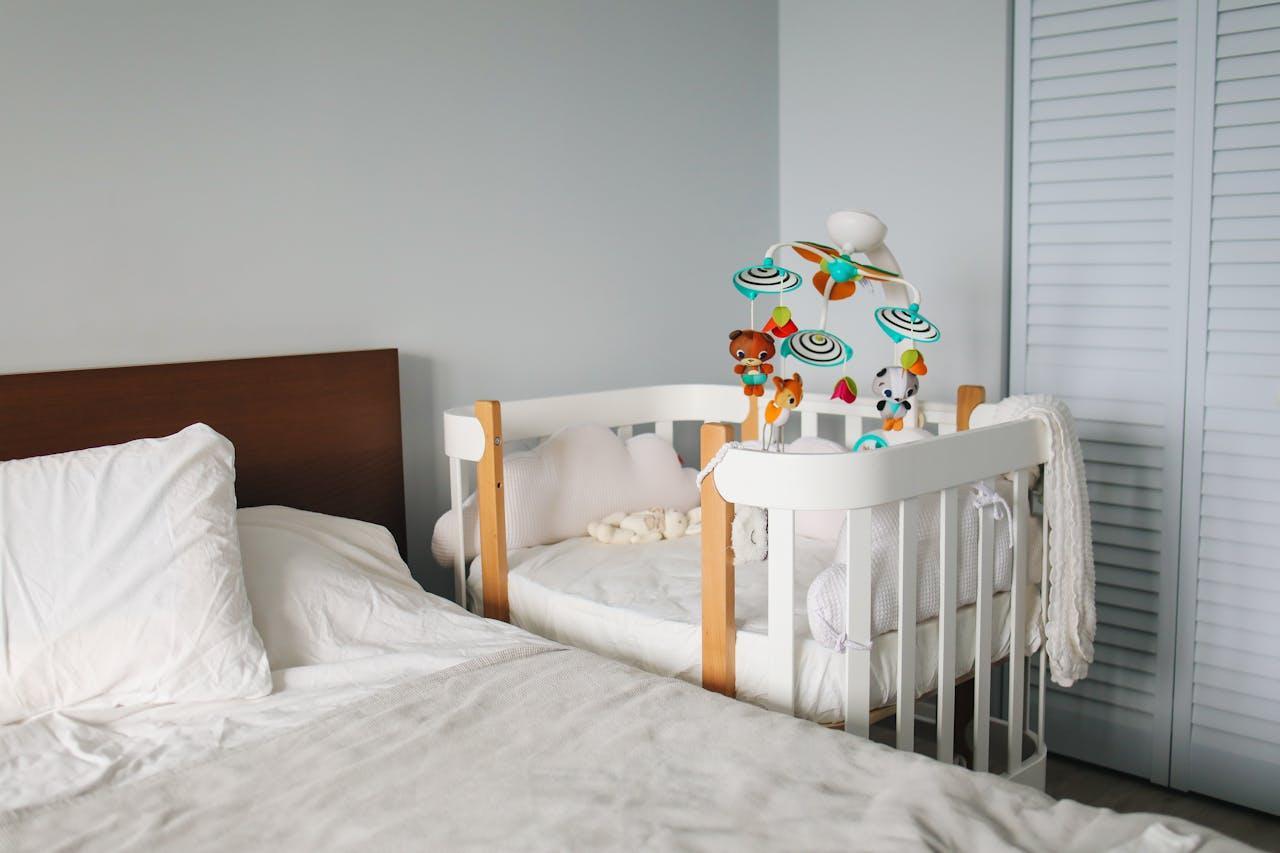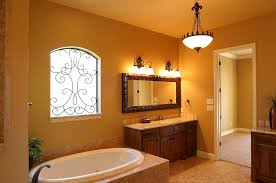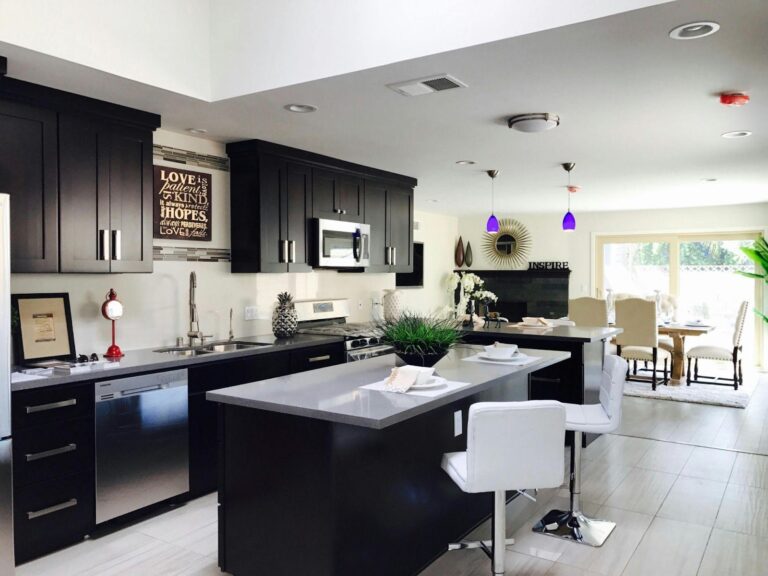
How do you prepare your home when big life changes are on the way? Whether you’re expecting a new baby, welcoming a relative into your home, or anticipating other significant transitions, your living space often needs adjustments to accommodate these shifts. In a place like Gordonsville, Virginia, where homes range from historic to modern, families often face the challenge of balancing tradition with practicality. With new additions to the household, creating room for everyone while maintaining comfort becomes a top priority.
Gordonsville’s mix of tight-knit community and expanding families makes it a perfect example of how homes must evolve over time. Whether you’re converting a spare room into a nursery or setting up a comfortable space for an elderly relative, adapting your home is essential for making these life changes smoother.
In this blog, we will explore practical ways to prepare your home for these new chapters.
Planning for Storage Solutions
When a big life change occurs, one of the main challenges is often managing new belongings. Whether it’s baby furniture, toys, or a relative’s personal items, the sudden influx of things can quickly overwhelm your home if there isn’t a plan in place for storage. Instead of letting your living spaces become cluttered, plan out practical storage solutions in advance. For example, you can add shelving units, use bins under beds, or consider furniture that doubles as storage.
If you find that your home still lacks sufficient storage, temporary options are available. For example, look up the keyword self storage Gordonsville Virginia online to explore reliable local solutions where you can safely keep excess belongings while you reorganize your home. Using self-storage is a practical way to keep your home uncluttered during the transition period while ensuring that nothing gets lost or damaged.
Creating a Functional Nursery
Setting up a nursery for a new baby can be one of the most exciting parts of preparing for parenthood. However, it’s important to focus not only on the aesthetics but also on functionality. You’ll want to arrange the room so that everything you need is within easy reach. Consider the layout carefully—place the crib in a safe area away from windows and cords, and ensure that the changing table is near where you’ll store diapers, wipes, and baby clothes. Choose furniture that can serve multiple purposes, such as a crib that converts into a toddler bed or a dresser that can double as a changing station.
Don’t forget to plan for future growth. Babies quickly outgrow their nursery setups, so it’s smart to think long-term by purchasing items that can be used for several years. This will save you time and money later on, as you won’t need to redo the room every few years.
Adjusting for Accessibility
If you’re preparing to welcome an elderly relative into your home, you may need to make some adjustments to improve accessibility. Many homes aren’t set up with older adults in mind, but small changes can make a big difference. Start by identifying areas that may pose a challenge for someone with limited mobility. For example, you might need to install grab bars in the bathroom or ramps to provide easier access to certain parts of the home. Rearranging furniture to create clear, wide paths can also help make movement around the house safer and easier.
Moreover, think about changes to bedrooms and bathrooms. Adding non-slip mats, raising the height of seating, or investing in adjustable beds can make daily life more comfortable for your relative. These modifications don’t have to be expensive or drastic, but they can significantly improve the quality of life for an elderly family member.
Setting Up a Multi-Generational Living Space
When preparing for a multi-generational living arrangement, it’s important to create spaces that cater to everyone’s needs while still maintaining privacy and personal space. This can involve rearranging furniture, converting rooms, or even adding partitions to create distinct living areas. Setting up a comfortable area for each family member, whether that’s a spare bedroom, basement, or an additional suite, ensures that everyone feels at home.
Privacy is essential in a shared household, and simple steps like adding room dividers, soundproofing walls, or creating separate entrances for certain rooms can help foster a sense of independence. In addition, shared spaces such as kitchens and living rooms can be organized in a way that allows all family members to comfortably coexist without crowding each other. Striking the right balance between shared and private spaces can improve the harmony of your multi-generational household.
Childproofing for Safety
If you’re expecting a new baby, one of the most important steps in preparing your home is childproofing. As babies grow, their curiosity leads them to explore every corner of the house. Taking the necessary precautions to keep them safe will give you peace of mind. Start with the basics, such as covering electrical outlets, securing heavy furniture to walls, and using baby gates to block off dangerous areas like stairways.
You’ll also want to make sure that sharp objects, cleaning supplies, and small items that could be choking hazards are kept well out of reach. Installing cabinet locks in the kitchen and bathroom will prevent little hands from getting into places they shouldn’t. As your baby becomes more mobile, having a safe environment is key to allowing them to explore while minimizing risks.
Planning for Future Adjustments
As life changes continue, it’s important to plan for future adjustments. Whether you’re preparing for another child or considering the possibility of aging relatives moving in, thinking ahead can save you time and effort later. Modular furniture, flexible room layouts, and adaptable storage solutions can make it easier to adjust your home as needs change over time.
Think about investments that can serve multiple purposes. For example, purchasing a crib that converts into a toddler bed, or shelving units that can be reconfigured as your storage needs evolve, can prevent the need for frequent updates. Flexibility is key when your family is in a state of transition, and planning ahead allows your home to evolve with your needs.
All in all, preparing your home for life changes, whether you’re expecting a new baby or welcoming a relative, can be both challenging and rewarding. By taking steps like assessing your space, decluttering, creating functional areas, and making your home safe and organized, you can ensure that everyone in the household feels comfortable and supported. Thoughtful planning and preparation make the transition smoother, helping you focus on the joys of new life stages rather than the stress that often comes with change.
At the end of the day, your home should be a space that adapts to the changing needs of your family while continuing to provide a welcoming and comfortable environment for all.
Write and Win: Participate in Creative writing Contest & International Essay Contest and win fabulous prizes.


